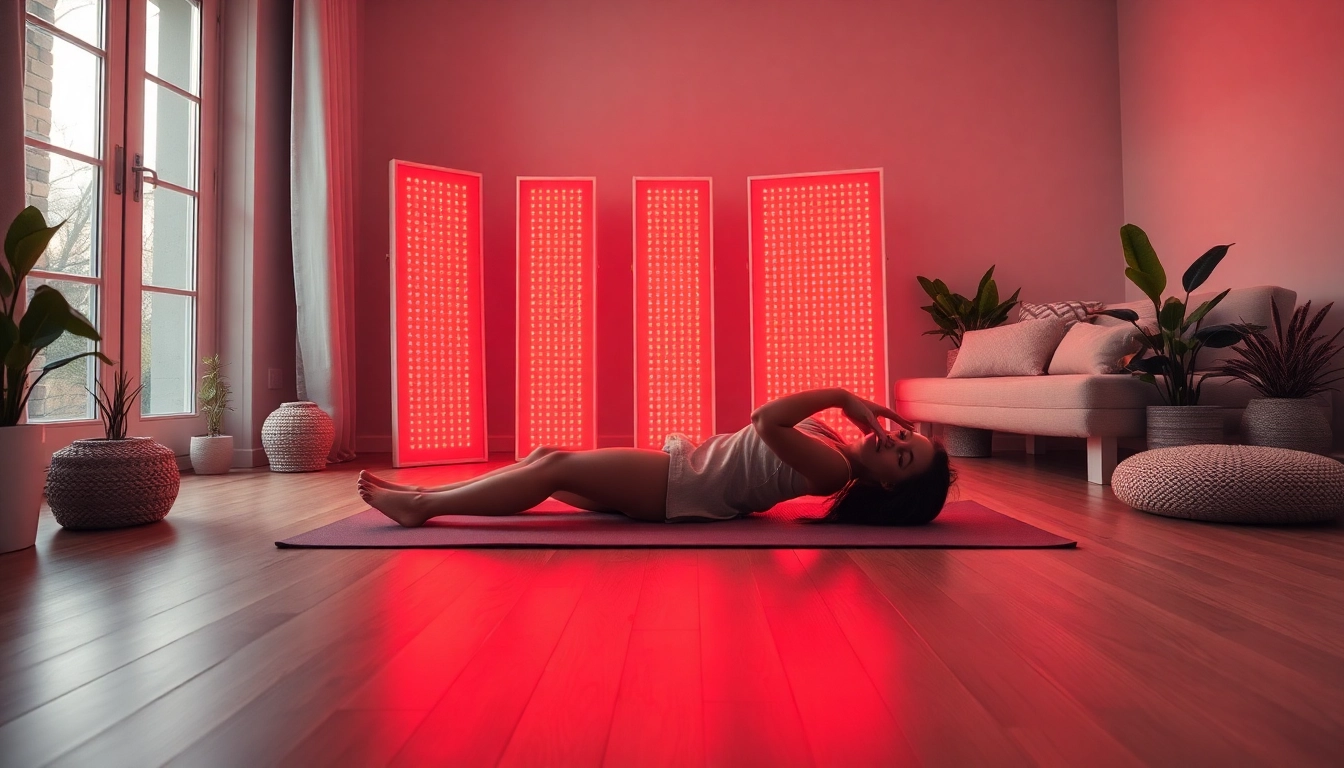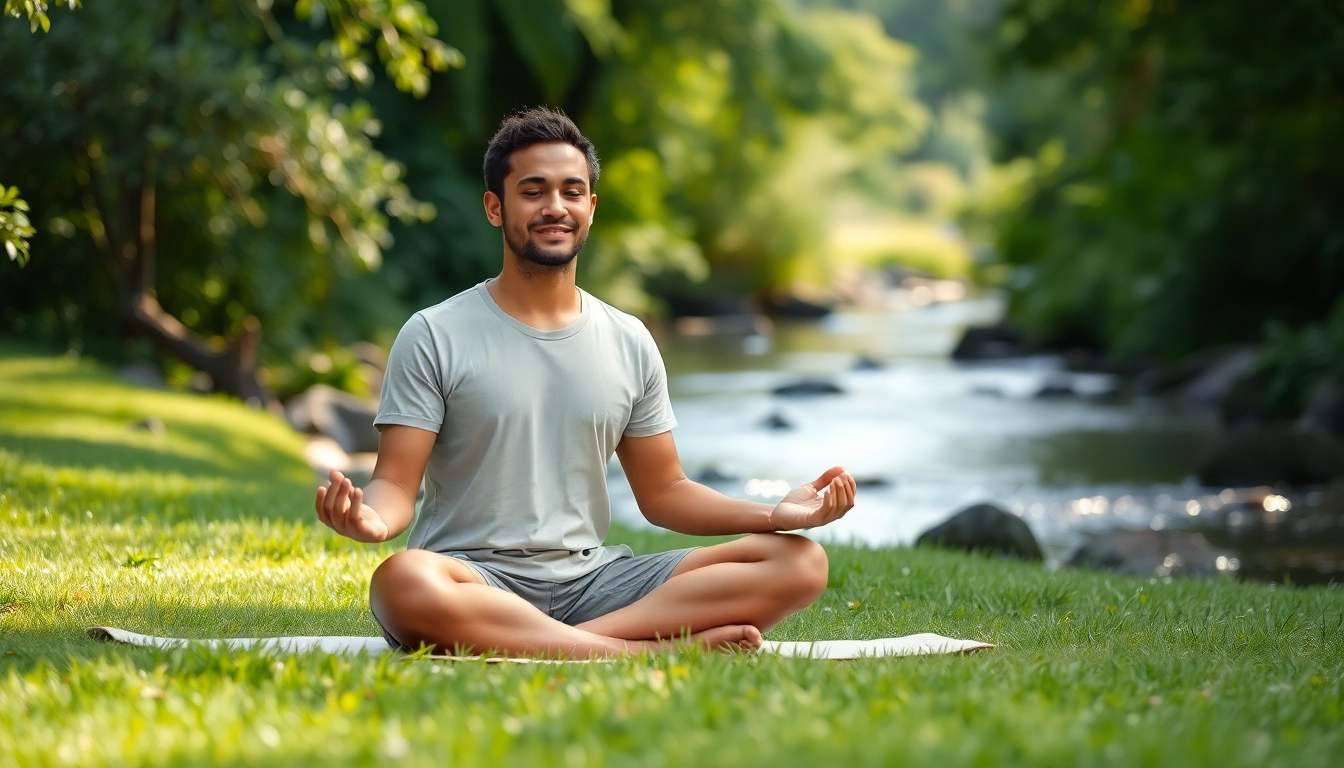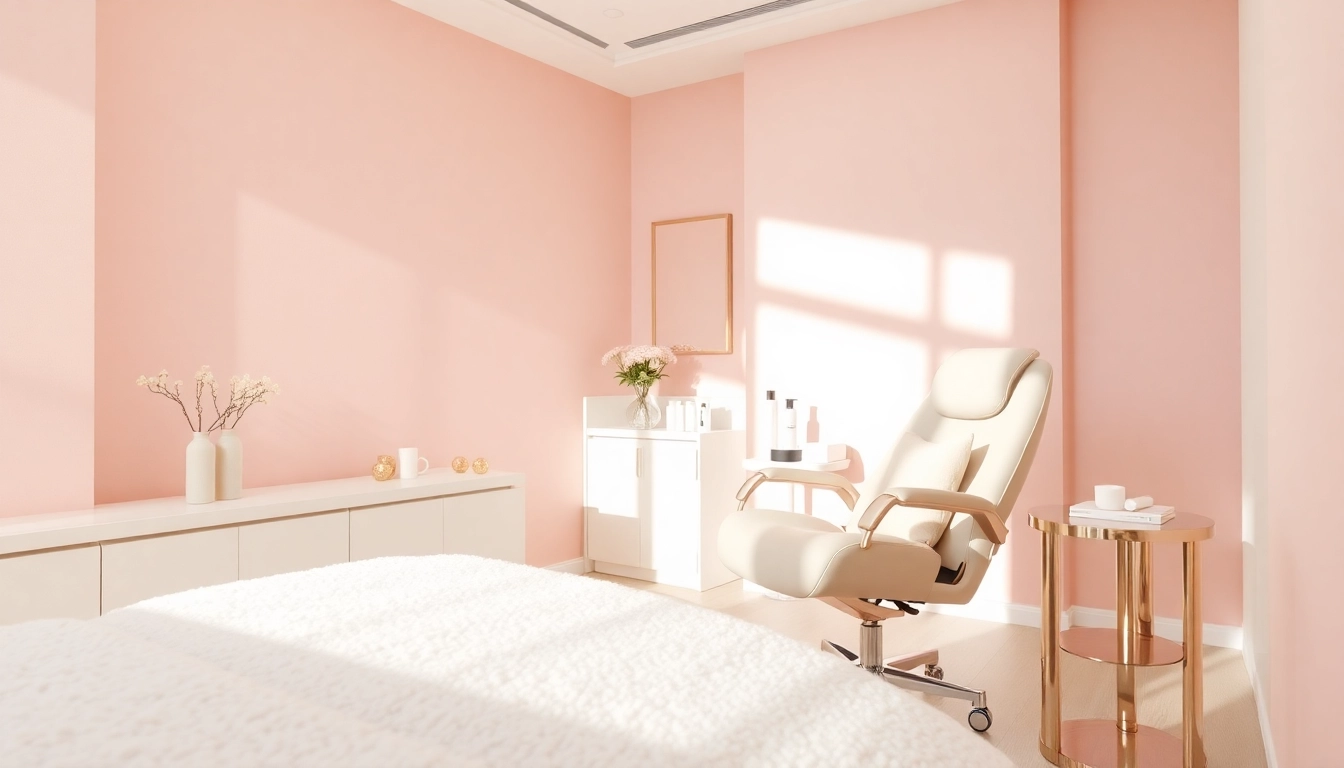Understanding Full Body Red Lighttherapy at Home
In recent years, the popularity of light therapies, particularly full body red lighttherapy at home, has surged as people seek out alternative methods for wellness and recovery. Through the application of specific wavelengths of light, this therapy claims to promote healing, rejuvenate the skin, and alleviate pain, among other benefits. But what exactly is red light therapy, and why should you consider implementing it into your home wellness routine?
What is Red Light Therapy?
Red light therapy (RLT) is a treatment that uses low wavelengths of red light to improve cellular function. Unlike ultraviolet light, which can damage the skin, red light penetrates the skin to stimulate the body’s natural processes. It is commonly used for skin conditions, wound healing, and inflammation reduction. The therapy works by increasing the energy production in cells, particularly in the mitochondria, which is often described as the cell’s powerhouse. The enhanced production of adenosine triphosphate (ATP) can lead to improved cell repair and rejuvenation.
Benefits of Full Body Treatments
Utilizing red light therapy in full body treatments can provide various benefits:
- Pain Relief: Many individuals have found that RLT helps to relieve chronic pain and inflammation, making it a popular choice for recovery after injuries or workouts.
- Improved Skin Health: Red light therapy can stimulate collagen production, enhancing skin elasticity and reducing the appearance of wrinkles, scars, and blemishes.
- Enhanced Mood and Sleep: Exposure to red light has been linked to improved mood regulation and better sleep quality, potentially due to its effects on circadian rhythms.
- Faster Muscle Recovery: Athletes frequently use RLT to speed up recovery times, helping muscles repair more quickly after intense physical activities.
- Improved Circulation: RLT is known to enhance blood flow, facilitating better nutrient delivery to tissues and promoting overall health.
Scientific Evidence and Research
The field of red light therapy is backed by a considerable amount of scientific research, illustrating its efficacy in various applications. Studies indicate that RLT can accelerate wound healing, reduce inflammation, and alleviate conditions like arthritis and other joint-related issues. Furthermore, numerous clinical trials have demonstrated the positive effects of red light on skin conditions like acne and psoriasis.
Research continues to evolve, with ongoing investigations into the effectiveness of RLT for muscle recovery and cognitive improvement. As more data emerges, people will likely have an even clearer understanding of how to best harness red light therapy in their lives.
How to Set Up Your Home for Full Body Red Lighttherapy
Setting up a home environment conducive to red light therapy can greatly enhance your experience and results. Here are some steps to consider when preparing your space.
Choosing the Right Equipment
When selecting red light therapy equipment, several options are available, ranging from handheld devices to larger panels and full-body mats. Here are factors to consider:
- Wavelength: Look for devices that operate within the optimal range of 600 to 900 nanometers for red and near-infrared light, as these wavelengths are shown to be most effective.
- Power Output: The effectiveness of a therapy device often correlates with its power output. Higher wattage devices will generally deliver more light energy to the skin.
- Size: Depending on the area you wish to treat, consider larger panels for full-body treatment or smaller devices for targeted areas.
Creating a Comfortable Space
Your therapy area should be quiet and comfortable, allowing you to fully relax during your sessions. Here are a few tips:
- Lighting: Dim the lights in your room to limit distractions from outside sources.
- Comfortable Position: Whether sitting or lying down, choose a position that allows full exposure to the therapy device without straining.
- Timer: Consider using a timer to ensure you don’t exceed recommended treatment times, which can typically range from 10 to 30 minutes per session.
Safety Precautions to Consider
While red light therapy is considered safe for most individuals, certain precautions should be taken:
- Always adhere to the manufacturer’s guidelines for usage to prevent overexposure.
- Do not look directly into the light as it can cause discomfort or potential damage to your eyes.
- If you have any pre-existing skin conditions or are pregnant, consulting a healthcare provider before starting therapy is advisable.
Incorporating Full Body Red Lighttherapy into Your Routine
To maximize the benefits of red light therapy, incorporating it meaningfully into your daily routine can create a lasting positive impact on your health.
Best Practices for Effective Use
To achieve the best results with red light therapy, follow these best practices:
- Consistency: For optimal benefits, aim for regular sessions several times a week. Consistency is key to building long-term habits and improvements.
- Targeted Treatment: If specific areas of pain or concern arise, direct your therapy sessions accordingly while still allowing for full-body benefits.
Scheduling and Frequency Recommendations
Understanding how often and when to engage in therapy can greatly influence results:
- Begin with shorter sessions of 10-15 minutes before gradually increasing your time as you become accustomed to the therapy.
- A typical frequency is 3-5 times per week, depending on individual needs and specific goals.
Complementary Health Practices
Pairing red light therapy with other wellness practices can amplify its effects. Consider these combinations:
- Mindfulness Techniques: Engaging in meditation or deep-breathing exercises while undergoing therapy can enhance relaxation and stress relief.
- Integrative Health: Incorporating healthy dietary habits and adequate hydration can support overall body function and recovery.
Potential Risks and Considerations of Full Body Red Lighttherapy at Home
As beneficial as red light therapy may be, there are a few risks and considerations to keep in mind when conducting at-home treatments.
Common Side Effects
While side effects are rare and typically minimal, users should be aware of potential outcomes:
- Skin sensitivity or mild irritation may occur, particularly if sessions are too long or used too frequently.
- Some individuals report brief feelings of warmth or tingling during treatment, indicative of increased circulation.
Who Should Avoid It?
Certain groups may need to use caution or avoid red light therapy altogether:
- Individuals with light-sensitive conditions should consult with a healthcare professional before starting therapy.
- Those with photosensitive medications or undergoing treatments that increase sensitivity to light should exercise discretion.
Consultation with Healthcare Providers
Before initiating red light therapy, it’s wise to discuss plans with a healthcare provider, especially if you have pre-existing health concerns or conditions. They can provide tailored advice to suit your individual health status and needs.
Customer Testimonials and Success Stories
Real-world experiences offer valuable insight into the effectiveness of red light therapy, highlighting how individuals have successfully integrated this practice into their lives.
Real Experiences with Full Body Red Lighttherapy at Home
Numerous users report significantly reduced pain, improved recovery times, and enhanced skin health. Their stories illustrate a broad spectrum of benefits, from athletes incorporating the therapy into routines to everyday individuals seeking relief from chronic conditions.
Before and After Comparisons
Visual transformations can be compelling. Users frequently share before-and-after images showcasing reduced wrinkles, improved skin tone, and diminished inflammation, emphasizing the tangible results achieved through consistent therapy.
Community Feedback and Support
The growing community surrounding red light therapy fosters engagement and support. From online forums to social media groups, users exchange tips, share educational resources, and motivate each other on their wellness journeys.



